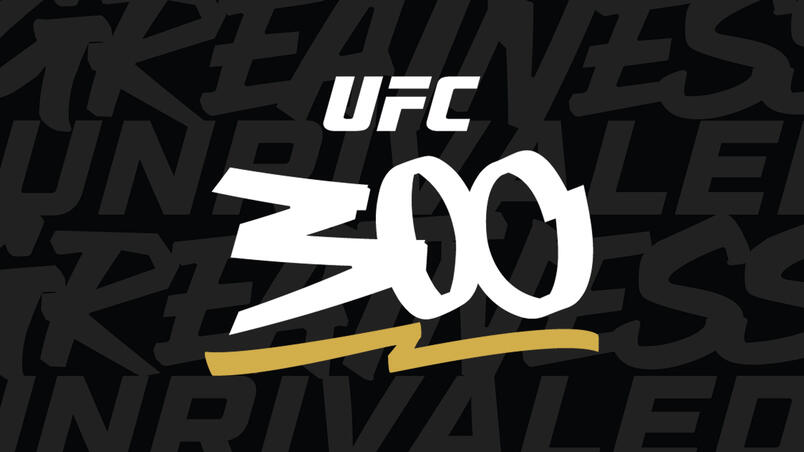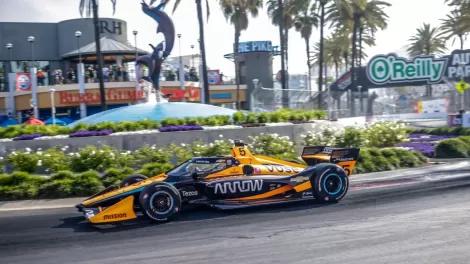
Image via nbclosangeles.com
While Cal Poly Pomona (CPP) boasts its own Formula SAE racing team in Bronco Motorsports, racing in southern California has many different forms. Just 40 miles from campus in downtown Long Beach, one of the most historic American races takes place every year in late April. For most of the calendar, the streets of Long Beach connect the various attractions by the waterfront, but for one weekend, cars speed around the city at 180 mph. The Acura Grand Prix of Long Beach, taking place on April 21, is the perfect opportunity for seasoned and new motorsports enthusiasts to get their racing fix.
Before diving deeper into the event and how to see it, here are some basics about the racing taking place on the streets of Long Beach, and the racing body which hosts the event, NTT IndyCar.
What is IndyCar?
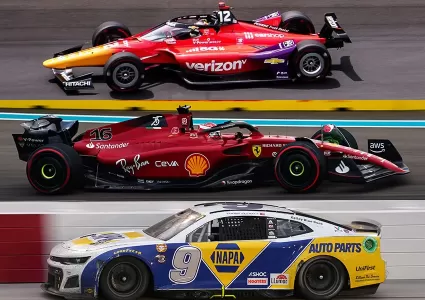
Image via indystar.com
For many people, when you mention racing, the first thing they think of is a stock car like a NASCAR car. Though they race on some of the same courses, NTT IndyCar is a completely different body and type of racing series. As opposed to a stock car, IndyCar spec cars are open-wheeled (wheels outside the body of the car), and travel at a much greater pace. IndyCar cars more closely resemble Formula 1 (F1) cars, sharing the open wheel layout. IndyCar is the premier open-wheel racing series in the United States, existing in its current form since 1996. Currently, IndyCar has an 18-race calendar (17 championship races) spanning 10 states and one Canadian province.
As mentioned before, IndyCar spec cars are open-wheeled like a Formula 1 car. However, unlike an F1 car, all IndyCar chassis are uniform, coming from the same manufacturer, Dallara. Only the engines differ, with either Chevrolet or Honda powering the various teams on the grid.
IndyCar races at three types of tracks: ovals, road courses, and street courses. Ovals are rounded courses that comprise of only left turns. Road courses are permanent racetracks that feature left and right turns, and sometimes elevation changes. Street courses are temporary tracks that follow a similar layout to road courses, but take place on roads used by the public on non-race weekends.
A typical race weekend is a three-day event: Two practice sessions on Friday, a practice session and qualifying on Saturday, and a warm-up session and the race itself on Sunday.
Undoubtedly the most famous IndyCar event is the Indianapolis 500, which makes up the motorsport triple crown with F1’s Monaco Grand Prix and the World Endurance Championship’s 24 hours of Le Mans.
How do IndyCar drivers score points?
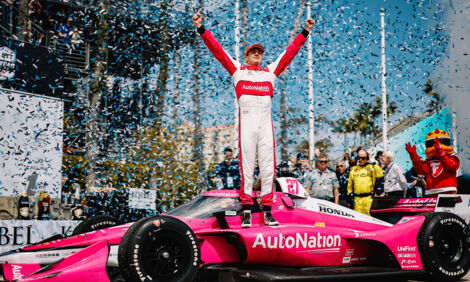
Image via indycar.com
Like all racing series, IndyCar has a point scoring system, with theirs involving qualifying, laps led, and finishing position.
Qualifying is the process in which the starting grid is formed. Prior to penalties or any other factors, the grid is ordered by fastest lap time to slowest. Whoever finishes on pole (first place, fastest lap time, earns one point.
During the race itself, any driver that leads at least one lap earns a point, but the driver who leads the most laps out of the pack earns two additional points.
Unlike some other motorsports, every finishing position in IndyCar is awarded points. First place gets 50 points, second place gets 40, third gets 35, and the rest follow a structured system.
Who are some IndyCar drivers to look out for?
Fans of F1 and those who have paid attention to the Formula 2 (F2) feeder series will immediately see some familiar names. Romain Grosjean and Marcus Ericsson raced in F1 for multiple seasons, with the former scoring several F1 podiums. Former F2 prospects include Marcus Armstrong, Pietro Fittipaldi, and Christian Lundgaard.
A few other notable names include reigning champion Alex Palou, F1 hopeful Colton Herta, fan favorite Pato O’Ward, and former champions Josef Newgarden, Scott Dixon, and Will Power.
What is the Grand Prix (GP) of Long Beach and why is it important?

Image via gplb.com
The Acura GP of Long Beach is a street course that runs throughout downtown Long Beach and the waterfront. Taking place since 1975, the event was originally an F1 series event, until 1983. It eventually became a part of the modern IndyCar series in 2008. The nearly 2,000-mile-long race involves 85 laps and 11 turns, passing by sites such as Shoreline Village, Long Beach Convention Center and the Aquarium of the Pacific.
The GP of Long Beach is the longest running street race in the United States and has been won by many historic names in the world of racing. Those names include Mario Andretti, Alain Prost, and Niki Lauda, who are all championship winning drivers.
Due to its history, the Long Beach Street Circuit is often considered one of the most important courses within the United States. Despite the increasing popularity of the relatively new Circuit of the Americas and the glitz and glamour of the even newer Las Vegas Strip Street Circuit, Long Beach stands along other tracks such as the Indianapolis Motor Speedway and Road America as the greatest in the country.
Within SoCal, the GP of Long Beach offers the highest championship-level racing experience in the region. With the recent closure of the Auto Club Speedway in Fontana, and NASCAR only locally hosting the non-championship Clash at the Coliseum, Long Beach is the most accessible racing experience for Southern Californians.
How to watch the race?
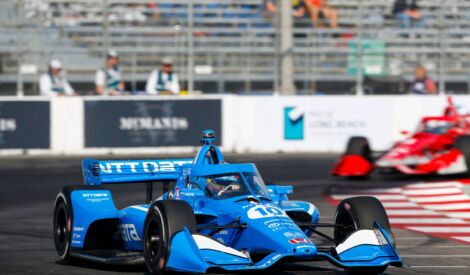
Image via autosport.com
Even though tickets to some sporting events may be ridiculously expensive, the GP of Long Beach is relatively affordable. Three-day admission with reserved seating is as low as $131, and three-day general admission costs $120. For those who only are interested in the race day, reserved seating for Sunday begins at $98, with general admission costing even less at $87. More ticketing options and add-ons can be found here, including paddock access which costs $32 a day or $75 for the entire event.
Parking can also be found and purchased on the same website, with each day costing $20, and a parking pass for the entire weekend costing $50 or $60 depending on location.
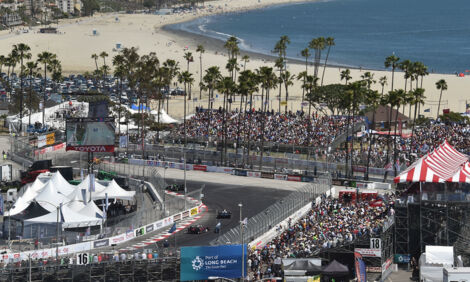
Image via indycar.com
Even if you aren’t the most die-hard racing fan, attending the GP of Long Beach is truly a unique experience to partake in. Having one of the most historic racing tracks in the US less than an hour away is a privilege many colleges do not have.
Are you going to the Acura Grand Prix of Long Beach? Let us know on our social media @ASICPP on Instagram, Facebook, YouTube, and TikTok!


